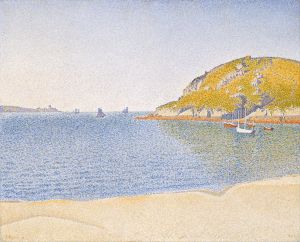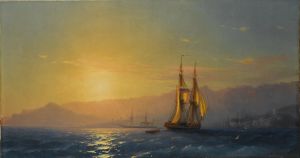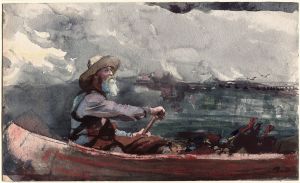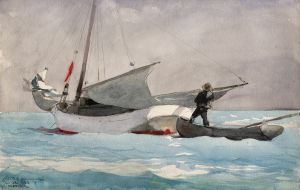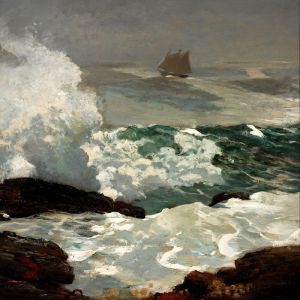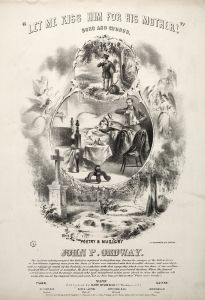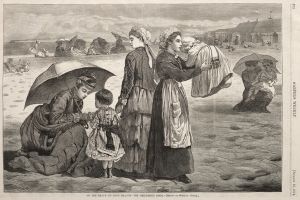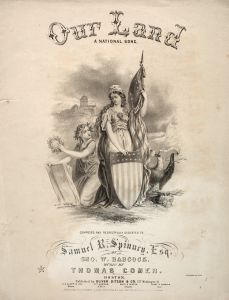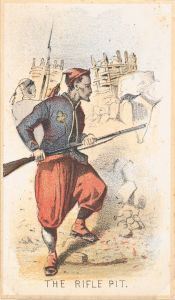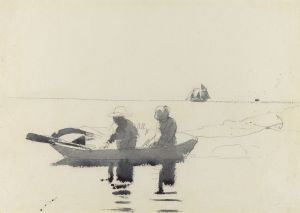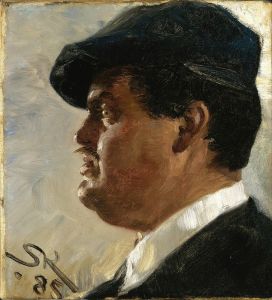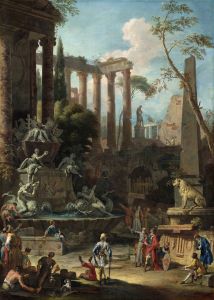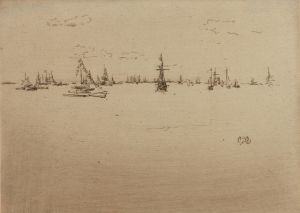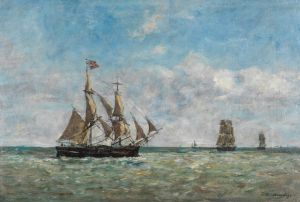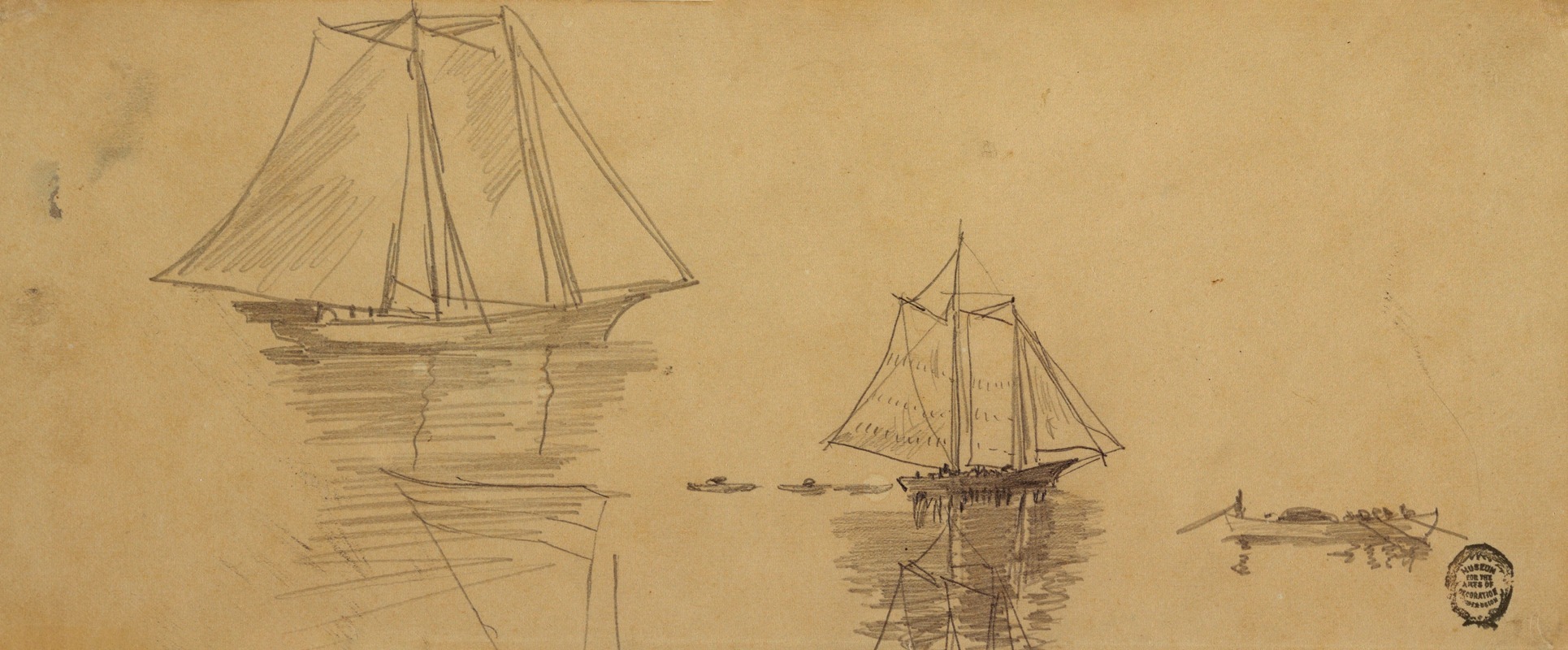
Two Schooners and Dories
A hand-painted replica of Winslow Homer’s masterpiece Two Schooners and Dories, meticulously crafted by professional artists to capture the true essence of the original. Each piece is created with museum-quality canvas and rare mineral pigments, carefully painted by experienced artists with delicate brushstrokes and rich, layered colors to perfectly recreate the texture of the original artwork. Unlike machine-printed reproductions, this hand-painted version brings the painting to life, infused with the artist’s emotions and skill in every stroke. Whether for personal collection or home decoration, it instantly elevates the artistic atmosphere of any space.
Winslow Homer, an American landscape painter and printmaker, is renowned for his marine subjects and depictions of the American wilderness. One of his notable works is "Two Schooners and Dories," a painting that exemplifies his mastery in capturing the essence of maritime life. Although specific details about this particular painting are scarce, it is consistent with Homer's broader body of work, which often focused on the sea and the lives of those who worked on it.
Homer was born in 1836 in Boston, Massachusetts, and began his career as a commercial illustrator. He gained recognition during the Civil War for his realistic and poignant illustrations. After the war, Homer transitioned to painting, and by the 1870s, he had developed a keen interest in marine subjects. This interest was partly fueled by his time spent in coastal areas such as Gloucester, Massachusetts, and later, Prouts Neck, Maine, where he settled permanently in 1883.
"Two Schooners and Dories" likely reflects Homer's fascination with the sea and the people who depended on it for their livelihood. Schooners, a type of sailing vessel, were commonly used for fishing and trade during the 19th century. Dories, small, shallow-draft boats, were often used by fishermen to set and retrieve nets or lines. The inclusion of these elements in the painting suggests a scene of everyday maritime activity, a theme Homer frequently explored.
Homer's technique is characterized by his use of light and shadow to create dramatic and realistic scenes. His marine paintings often depict the power and unpredictability of the sea, as well as the resilience and skill of those who navigate it. This approach is evident in his other works, such as "The Gulf Stream" and "Breezing Up (A Fair Wind)," which similarly capture the dynamic relationship between humans and the ocean.
Throughout his career, Homer was known for his ability to convey emotion and narrative through his compositions. His paintings often evoke a sense of solitude and introspection, reflecting his own reserved personality. Despite his preference for working in isolation, Homer's work was well-received during his lifetime, and he is now considered one of the foremost American painters of the 19th century.
While specific information about "Two Schooners and Dories" is limited, it can be appreciated within the context of Homer's broader oeuvre. His marine paintings continue to be celebrated for their technical skill, emotional depth, and ability to capture the timeless beauty and challenges of life at sea. Homer's legacy endures, and his works remain influential in the canon of American art.





